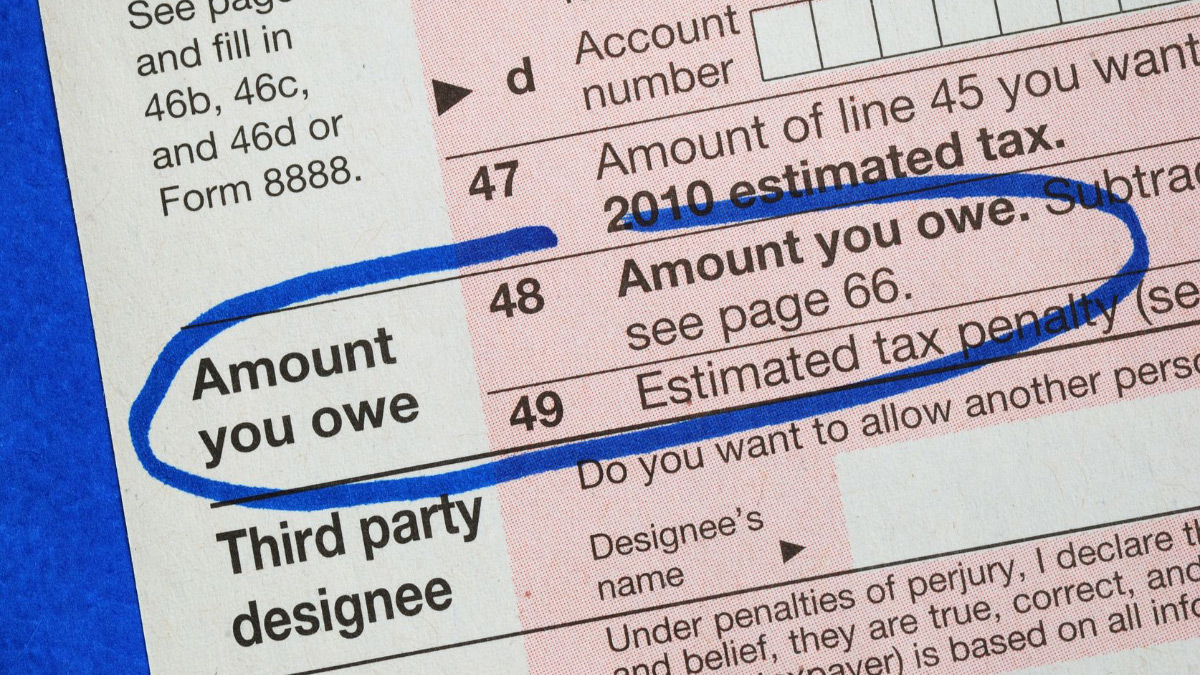Federal income tax returns for 2017 must be postmarked or submitted electronically to the IRS by midnight April 17 this year—two days later than usual.
That brief reprieve from one of life’s two certainties (the other being death, of course) is welcome, but not as welcome, perhaps, as December’s passage of the Tax Cuts and Jobs Act. Its impact already is being seen in fewer dollars being withheld from many paychecks, although not everyone may have noticed.
What’s even more important is the new hiring and the bonuses and wage and benefit increases companies are paying employees as a result of the cut in the corporate tax rate, which was reduced to a flat 21 percent from a top marginal rate of 35 percent.
The cuts have clearly spurred economic growth, with the economy adding another 103,000 new jobs in March, bringing the unemployment rate to 4.1 percent for the sixth-straight month.
The good news is consistent with the conclusions of a notable group of economists who predicted, in an open letter to Treasury Secretary Steven Mnuchin published in the Wall Street Journal last November, that the corporate tax cut and other provisions of the new law would raise U.S. GDP growth by 3 percentage points over the next 10 years.
Before you celebrate 2017’s tax reform too wildly, though, consider that Congress and the White House left important fiscal business on the table. For starters, the federal tax code remains far too complex.
According to the nonpartisan Tax Foundation, complying with the current approximately 70,000-page tax code—keeping records, preparing tax returns and filing them—costs the U.S. economy as much as $450 billion every year. The nearly 9 billion hours that Americans could have used productively are instead spent avoiding penalties and interest on taxes the IRS says you owe.
Tax rates could be lowered significantly if the tax code were simpler and you could file your return on a postcard. Fewer deductions and credits—and fewer than the seven income tax brackets the new law keeps in place—mean the income tax base would be broader and the same revenue could be raised by reducing personal tax rates even more. As a matter of fact, the Tax Foundation also reports that many Americans earning modest incomes pay too much tax because itemizing deductions they could have claimed is simply too much trouble.
Some of the provisions of the Tax Cuts and Jobs Act that produce tax savings for individuals aren’t effective immediately. The repeal of the Affordable Care Act’s individual health insurance mandate, for example, doesn’t kick in until 2019. Other favorable provisions, such as the lower rates and larger standard deduction option, expire in 2025. On the corporate side, the new provision for the immediate expensing of certain capital investments is set to expire in five years. If these reforms are wise tax policy now they should be permanent features of the tax code.
Taxes and public indebtedness are drags on the private economy. So, too, are public expenditures. The Nobel Prize-winning economist Milton Friedman once remarked that the best way to gauge the negative impact of government is to look at how much it spends, not how much it borrows or collects in taxes. The budget deal recently signed by the president, a $4 trillion-plus monstrosity, provides exhibit number one.
Although the Tax Cuts and Jobs Act of 2017 is a good start, lasting economic prosperity truly can’t be achieved until federal spending is brought under control. As Adam Smith wrote many decades ago, what is prudent for a household scarce can be folly for a kingdom.











